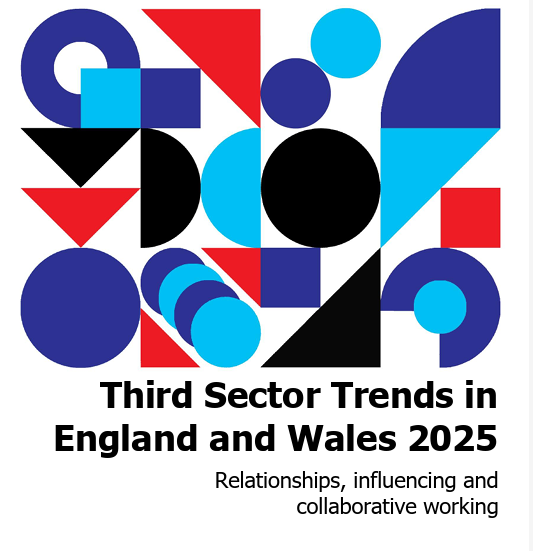Understanding the trends
The research, which gathered 8,680 responses across England and Wales, is the UK’s only large-scale, fully representative study of the voluntary sector. The project is supported by Community Foundation North East, Lloyds Bank Foundation, Wales Council for Voluntary Action and Millfield House Foundation.
For organisations across the North West, the findings highlight opportunities to strengthen partnerships, influence local policy, and respond strategically to changing funding and commissioning environments.
Understanding these trends is vital for regional funders, policymakers, and VCFSE organisations to ensure the sector can continue to thrive and deliver impact locally.
The sector is stepping back from public service contracts
The findings show while political enthusiasm for involving the sector in public service delivery remains strong, fewer organisations are now bidding for or delivering public service contracts.
Only half of the largest charities are currently involved, down from 64% in 2019. The main reason for this withdrawal is simple; contract values no longer cover the true cost of delivery.
Professor Tony Chapman, who leads the study, said: “Raising the value of contracts to meet the full cost of delivering public services is the only way forward. Tinkering with procurement or capacity building will make only a marginal difference.”
Business support still below pre-pandemic levels
Support from businesses, whether financial, in-kind or through volunteering has not yet returned to pre-pandemic levels.
- Financial support from businesses is at 33%, up from 20% in 2022 but still below 2016 levels.
- In-kind support and pro bono help have continued to decline.
- Business support is stronger in the poorest areas with 42% of organisations in these areas receive some form of business help, compared with 27% in the most affluent.
Collaboration remains strong but more selective
The report shows that the sector’s collaborative spirit remains strong, even if the nature of partnerships is changing:
- Around 72% of organisations continue informal or complementary relationships.
- Formal partnerships have declined, from 34% in 2022 to 28% in 2025.
- Collaboration is more common in the poorest areas, where 44% of organisations work together formally compared with just 20% in the wealthiest.
This suggests organisations are becoming more selective and strategic in their partnerships, focusing on where collaboration makes the biggest difference.
Sector confidence in policy influence holds steady
Despite political shifts and concerns over charity campaigning, most organisations continue to speak up for their communities. Around half engage in campaigning or lobbying to make sure the voices of the people and communities they serve are heard.
While most feel valued by local public sector bodies, fewer feel informed or involved in decision making which the report states is perhaps a sign of rising expectations as devolution and local decision making evolve.
Over half (56%) agree that opportunities for collaborative working with the public sector have increased, but most remain sceptical that policy makers are more receptive to their arguments.
You can read Third Sector Trends in England and Wales 2025: Relationships and Collaborative Working on the Community Foundation website.
Read the full report
